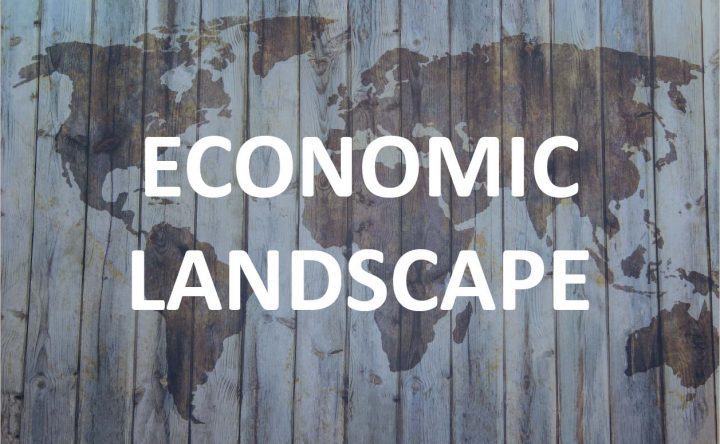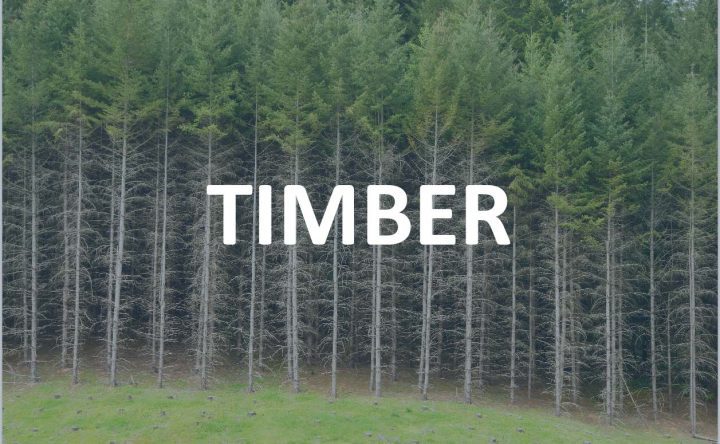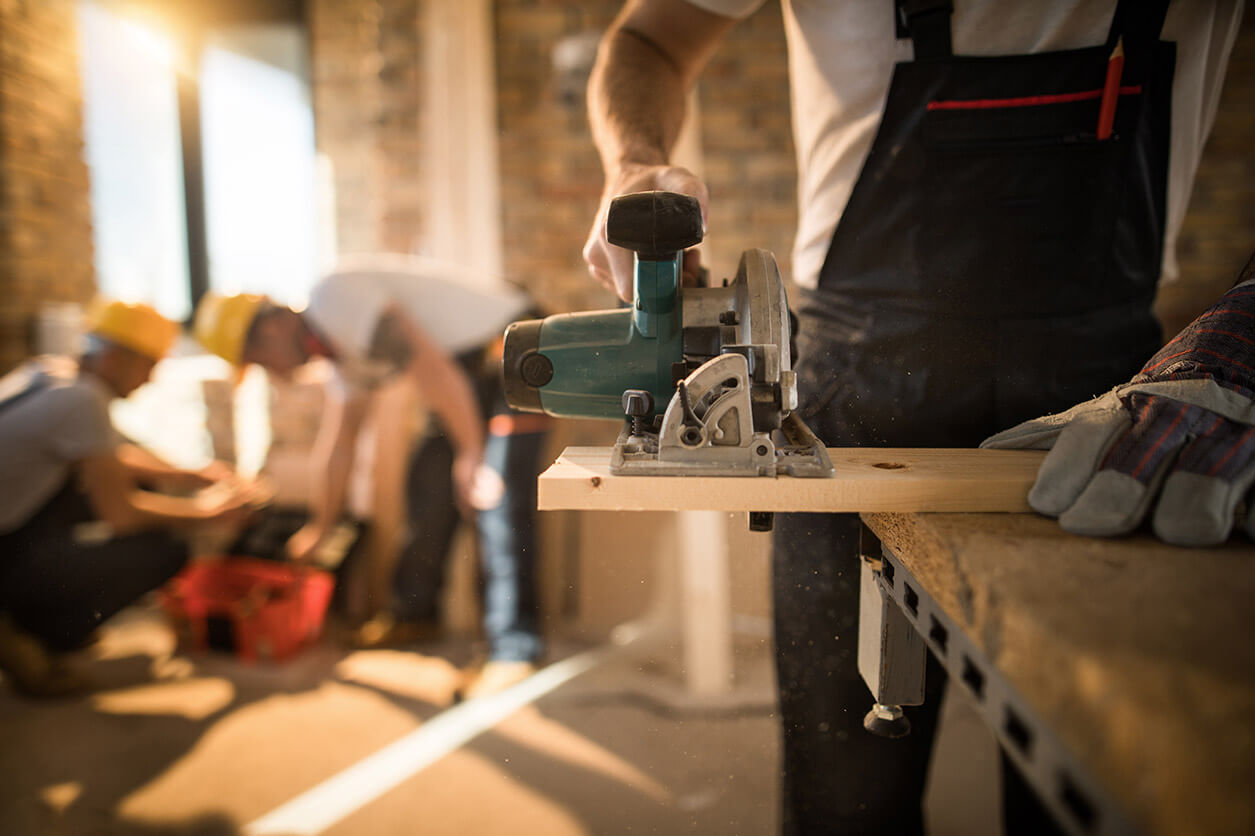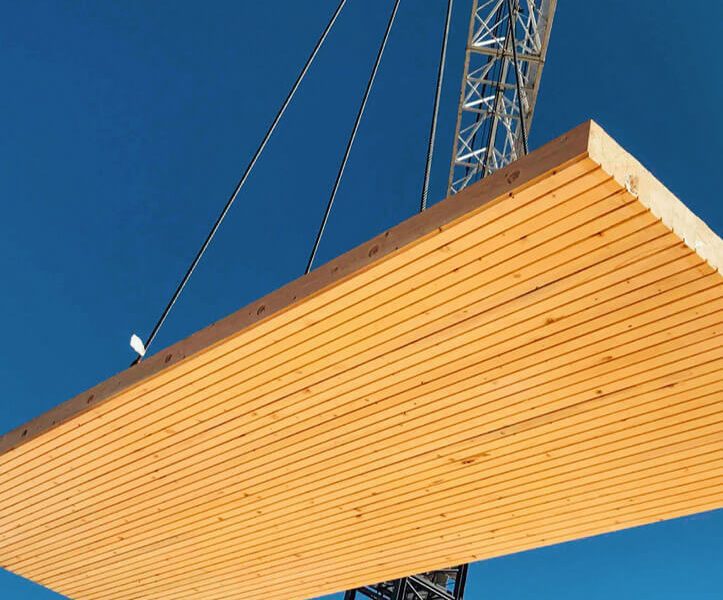What we publish
FEA markets our knowledge and data through analytical products that cover the forest product industry. These include Monthly Advisors and newsletters for near-term analysis, the Quarterly Forecasting Service for a longer-term outlook and an extensive historical database, as well as the industry's only comprehensive, up-to-date, mill-level capacity reports, categorized by sector.Wood Markets News
What’s got our attention.
The Conference Board US Leading Economic Index Trends Lower in September
The Conference Board Leading Economic Index declined 0.5% in September to a reading of 99.7 (2016=100), following a 0.3% decline in August.
US National Forest Products Week Proclamation
On Friday, President Biden issued a proclamation declaring October 20th through October 26th as National Forest Products Week.
US Home Builders Focusing on Townhomes and Condos to Alleviate Housing Shortage
Zillow reported that America’s housing stock continues to grow faster than it did before the pandemic-induced housing frenzy, as builders race to fill a shortage.Spotlights
Spotlights take a deep dive into topics important to our subscribers.
A Home Design Catalog Takes Aim at a National Housing Shortage
In an effort to speed up much-needed homebuilding, Canada aims to bring back a tool that was last used in the post-war housing crisis.
Canada’s Caribou Conservation Goals and Woodland Management
One of the world’s biggest softwood lumber producing countries is in the midst of a major conservation effort that could place some Canadian fiber off limits to harvesters. Canada is taking steps to preserve boreal caribou habitat through provincial conservation plans.









